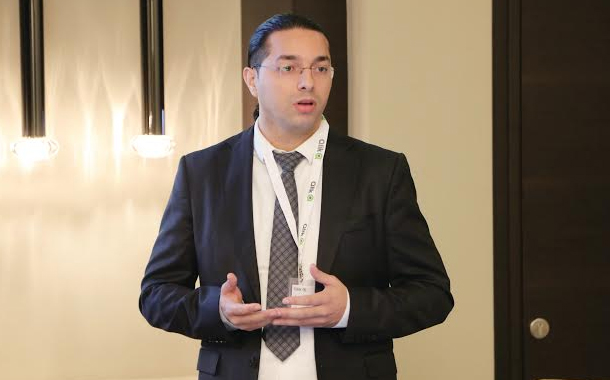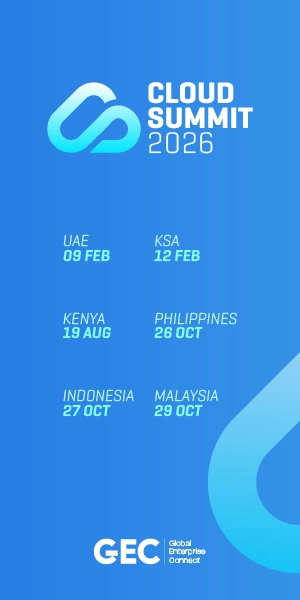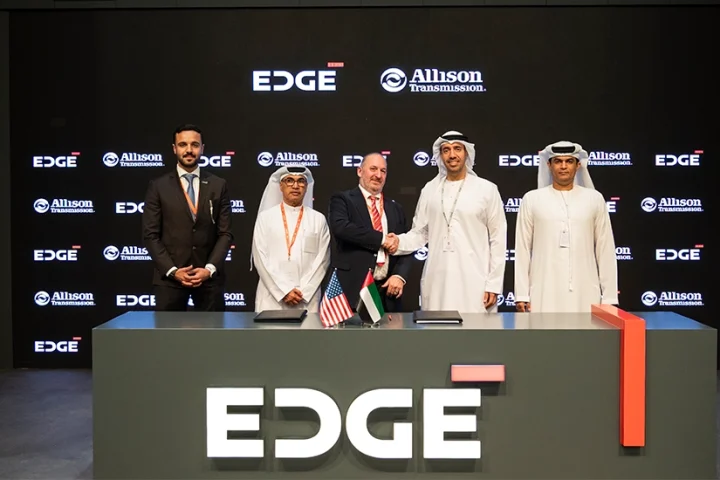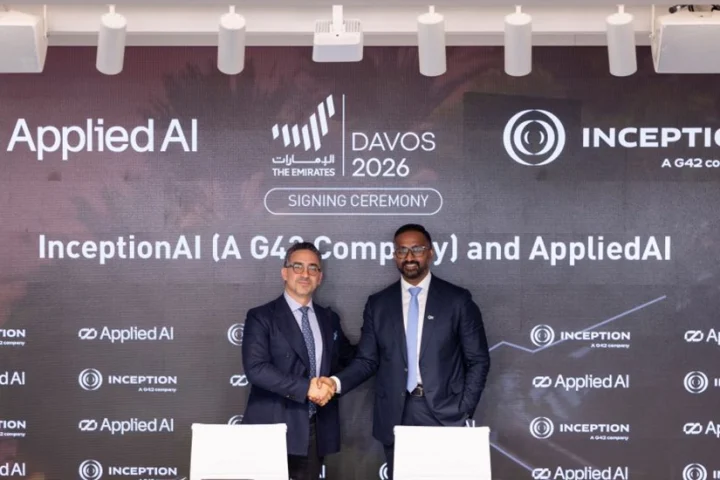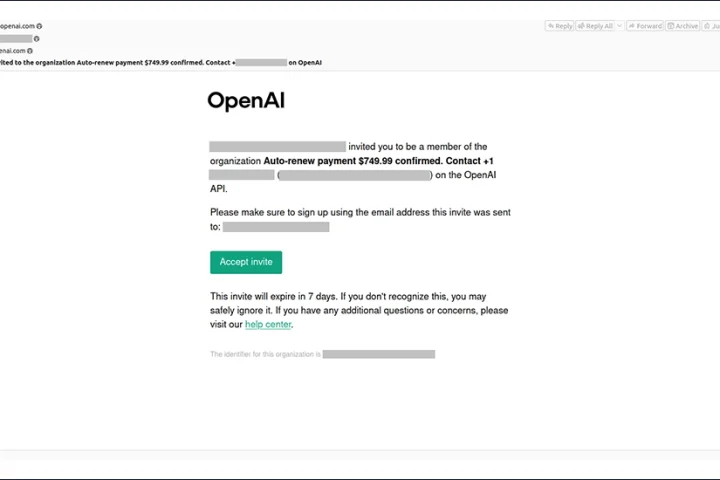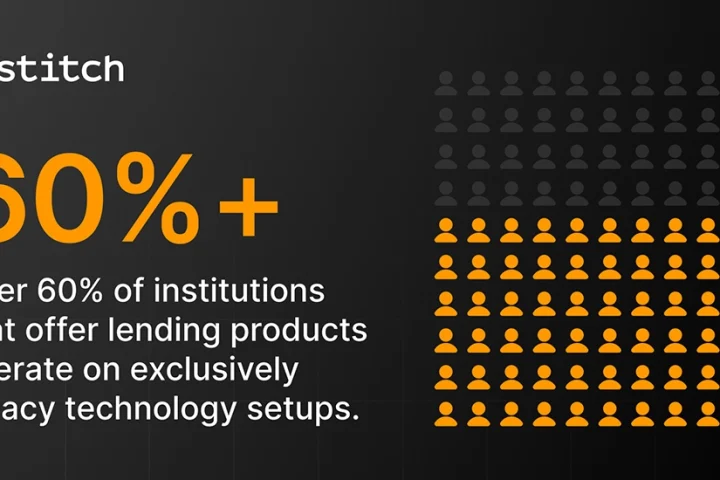Data, when used effectively can change the way we look at things and take actions. Otherwise it remains as a constant that gets generated in large quantities on a daily basis in an organization. No wonder then most organizations are depending on BI & Analytics tools to make sense out of their data to give actionable insights.
Finesse, one of the leading System Integrators in the region has competencies and innovations solutions and services in the BI & Analytics domain, among many other. The Finesse team, when approached by the Nazih Group of Companies, explored along with them to understand what challenges were being faced by them in their day to day working. A solution was recommended to meet these challenges of utilizing data optimally across all regions where the company had its operations. It was customized and implemented to improve process, get more out of their data and thus improve efficiency and reducing costs, leaving them to focus more on their core business activities.
Finesse’s team was very responsive and understood what I really wanted and didn’t try to increase the scope like other vendors. I wanted to establish a relationship and get a quick win and they worked with me in customizing and designing a scalable model that provides for the best out of Qlik solution incrementally. What thrills me about the solution is that it is an associative model, is very fast, not at all static and it is highly customizable. It suited our needs perfectly and we are very satisfied using it
Customer Overview
Nazih group is one of the pioneers in various business verticals in the region. It has been operating for the past 35 years with presence in 18 countries in the MENA region and Canada. With its businesses spanning across various business sectors like Cosmetics (Professional and Retail), Pharmacy, FMCG, Hospitality, Mineral Water, Food and Beverages, Building Materials, Manufacturing, Professional and Personal care. It is a well trusted name for its various products and services. The group is head quartered in Sharjah and has over 4000 people on its payroll. The sheer spread of business verticals and the operation across such a large geographical spread itself necessitated the need for a solution to manage and analyze data. The Sharjah office increasingly saw the need to consolidate data from various locations and have an analytical solution to replace disparate reporting and cumbersome analysis from the ERP they were using.
Challenges
After years of trying to consolidate data from various branches and brands to underutilizing data to get timely analysis and reporting, the Nazih group needed a solution that would optimize its ERP system or have a solution that would make reporting easy and be able to present useful information to employees across the organization. There was a mismatch of reports which took efforts of almost 80 staff to generate over weeks.
Solution
Finesse deployed QlikView and within 45 days was up and running. Now, approximately 60 users utilize the company’s 5 QlikView applications. The solution gave unified accurate reports which get consolidated within seconds and lets staff be better occupied since it is fully automated
|
CHALLENGES |
SOLUTIONS |
| Analysis of buying trends of 15,000 customers across 300 brands- The group was facing on-going performance issues whenever they wanted to produce a report that involve calculations on transaction level, so for past few years, their developers were aggregating data in separate tables and designing reports that read from these aggregated tables. This required huge maintenance and verification of data. |
Qlikview enabled them to produce better reports without compromising the details, also reducing time taken to generate reports reduced drastically from days, even weeks to mere minutes. |
| Bringing back the managers into the analysis game- Because the earlier system was not user friendly, the managers at Nazih always opted for requesting tabular reports from accountants. Data was extracted from the ERP, cleaned and reformatted on excel and then delivered to managers. Over time, they were hiring more and more accountants to deliver these reports faster. |
Qlikview, eliminated this issues and saved the company a lot of resources since they now could provide their managers with a self-service reporting tool. Managers now could generate reports with few qlicks using the user friendly Qlik solution and that took care of the inhibitions manager earlier had about using software. |
| From tabular reports to KPI’s analysis- Since there was a constant struggle to produce reports, all the reports were tabular and very basic. The company never had the time to design and monitor KPI’s in each area. |
With Qlikview, the company could now convince managers to start consuming more intelligent reports that include smarter comparisons, trends, graphs etc. A visually appealing report which is easy to understand is always readily used and consumed. |
| We lack a feature in ERP, no problem!! Forecasting, demand planning, target analysis… were a bottleneck for the company since their ERP didn’t have the needed features to cover these processes. |
With Qlikview, they could take these processes out of the ERP partially and replace it with excel data from ERP and re-designed business processes. Analysis could now be done at any level along with dimensions and filters that could be changed easily. This allowed them to shake the dust and uncover many gaps in the business. |
Benefits:
- Improved operational processes including consolidation of data
- Bridged the gap between managers, teams of managers, developers and accountants
- Enabled them to produce better reports without compromising the details
- Minimized resources since managers were provided with a self-service reporting tool and bring them back into the analysis game
- Moved from tabular reporting to KPI analysis leading to the managers using more intelligent reports
- Filled the gaps created by the lack of features in the ERP and thus redesign business processes for better efficiency


